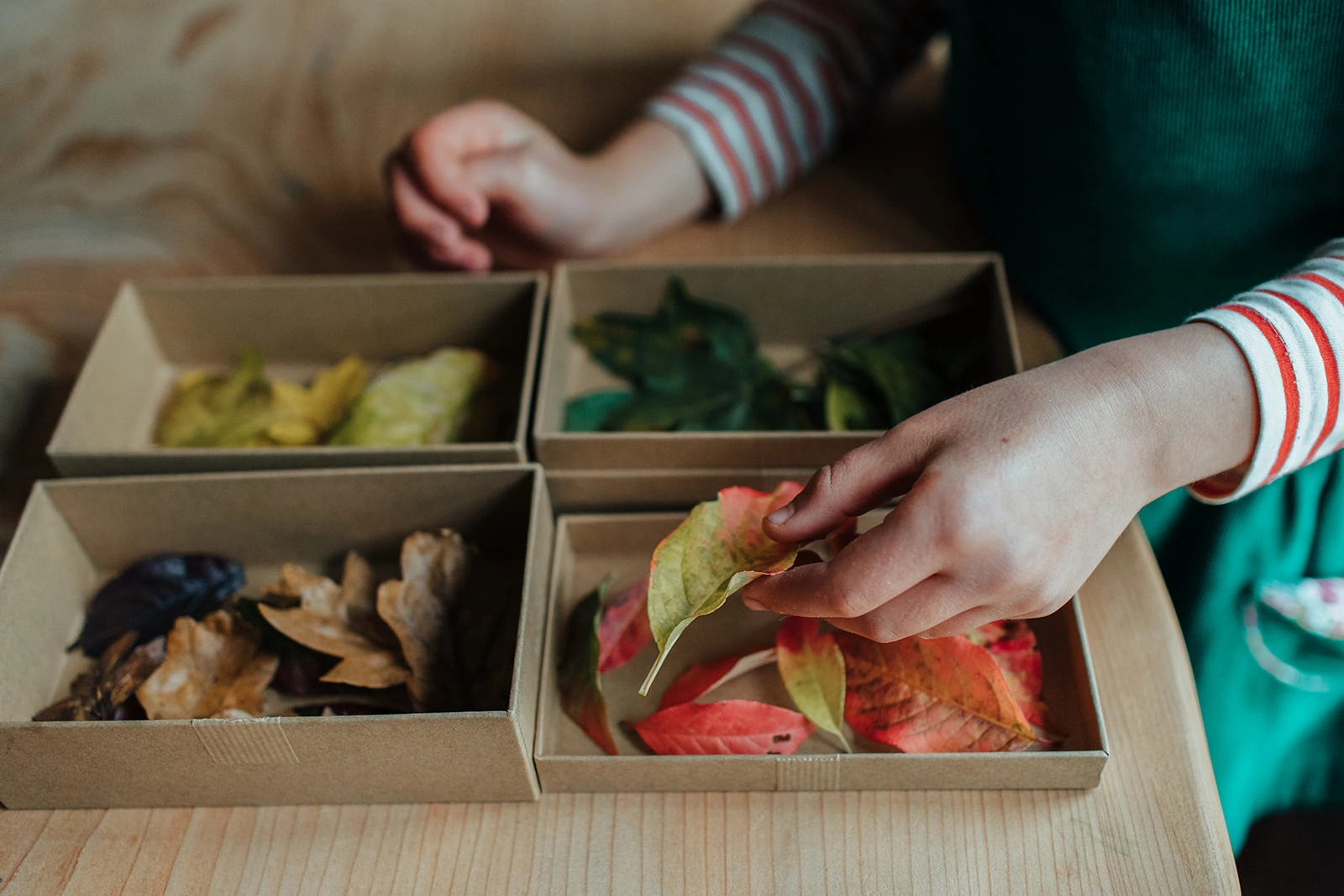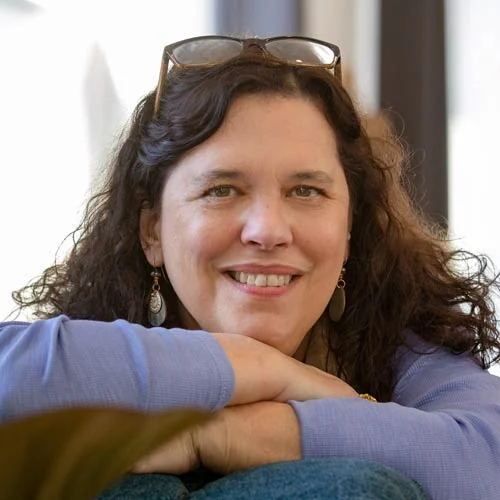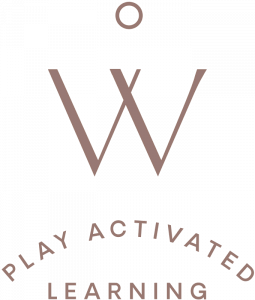There’s so much research linking early exposure to STEM skills and vocabulary with academic success later down the road, that it is important that we have clear and simple plans to introduce these into any classroom – including a play-based classroom.
So in this article, I’ll share some very simple and actionable ways to bring STEM to your play-based teaching practice. I’ll also help simplify some of the terminology and bring valuable context to it, so it’s easier and more exciting for all age levels.
The approach I’m sharing here came as a result of my own experience when, in 2008, the school I was teaching at was bringing STEM to kindergarten. I took a look at the curriculum I was handed, and knew instantly that there was no way I would add it to my classroom in its pre-packaged form. I wasn’t about to take away the play that I had in my class!
So I studied the books I was given, and I looked at what was really happening, and I saw that it was all about vocabulary.
STEM, as you know, includes Science, Technology, Engineering, and Math. And if we look more deeply at each of these areas, each one represents a way of thinking, a philosophy. And each has its own vocabulary.
I began to look at children’s play through the lens of a STEM vocabulary, and developed powerful ways to allow children to bring these STEM skills and vocabulary to different areas of play-based learning.
The SEE, NAME, DO Process
Again, I wanted a simple process for myself that was effective for my play-based classroom.
So I developed the See, Name, Do process, which includes the following simple steps.
SEE: What do you see? (Observation)
NAME: Name what you see. (STEM Vocabulary)
DO: What is there to do next? (Play Invitations)
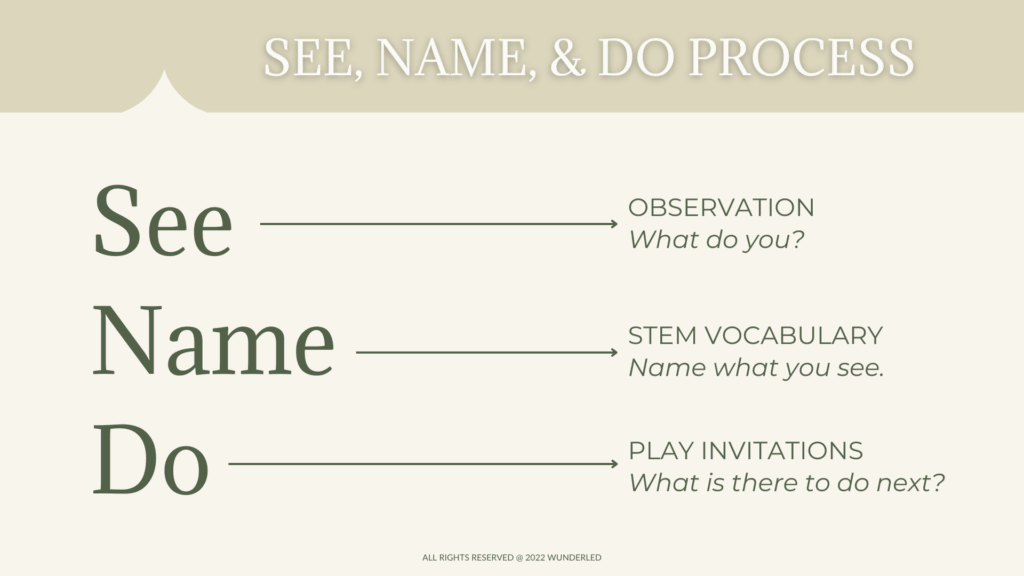
The first stage is SEE. What do you see as you observe the children engage in play?
Then, NAME. As you name what you see, you identify the STEM connection and the vocabulary (I’ll go into detail on that next).
Then, you ask, what is there to DO? This is where you support the next step with invitations and provocations.
Here’s where it gets really exciting. Remember how I mentioned that I noticed everything came down to vocabulary?
The beauty of understanding that is what will help make STEM so much simpler to incorporate in your play-based classroom.
Here’s the truth: vocabulary is the key to bringing to life the STEM that is already in your classroom.
We know that oral language is one of the most powerful markers of intelligence and academic success.
And when young children understand and use STEM words, it increases their vocabulary development.
So, we want to model the use of STEM vocabulary throughout our day, using it to identify children’s actions.
Here’s how to do that in each of the STEM areas.
SCIENCE
Science simply is a way of thinking.
I took each of these areas and just made a little mantra for myself so I could really lean into what I was observing: wondering, experimenting, predicting, questioning, discovering.
Fast action tip: use sensory words for your observational vocabulary – cold, hot, quiet, loud, smooth, rough.
It’s so simple.
TECHNOLOGY
Technology is a way of doing.
In fact, technology is essentially the tools that have been designed to meet our needs, such as balance scales, magnifying glasses, hammers, measuring cups, and digital tools like computers and tablets.
Technology is how we make things work. It’s the result of identifying problems and challenges, and solving them. It’s way beyond just computers – it’s screwdrivers, legos, wheels. It’s really naming those things.
Fast action tip: use tool words – identify the tool. We have a camera, a computer, a flashlight, a level, and an audio recorder. “This is our technology, this is our tool. We’re using a camera.”
Use these words in the context of what the children are doing. Also, be sure to use these vocabulary words before, during, and after children’s play so that they’re hearing you use them all the time.
ENGINEERING
Engineering is a way of building.
It’s essentially solving problems through designing, creating, and building something (a product, a building, a vehicle, etc.).
Fast action tip: use building words like build, construct, design, engineer, level, machine, push, pull.
There are so many words – and one of the best ways to build a rich list of these words is to just open up Google and type “STEM vocabulary.” You’ll be amazed at the number of results!
Keep in mind, though – you can start as small and build as you go. Take baby steps and don’t stress yourself out with a huge list.
I certainly started with baby steps! I have enough stress and pressure in my life – I wanted to keep things simple. That’s why I’ve provided concise lists in this article.
MATH
Math is a way of measuring.
In math, we sequence things like pattern, volume, and size.
Fast action tip: use attribute words to describe size, shape, speed, color. Use comparison words like smaller, larger, fewer, greater, higher, lower, equal.
And again, go back and identify the tools. Ruler, scales, unifix cubes. All of these will prompt children’s mathematical thinking.
The STEM mindset
To help develop the STEM mindset, you want to focus on the what with children, not the why.
What did you notice?
What do you think will happen if?
What could you do next?
This develops children’s STEM mindset by helping them think in terms of innovating, inventing, solving problems, and building things.
Three steps to enhance STEM
Now that you have the SEE, NAME, DO process; the STEM vocabulary; and the essential STEM mindset – you can take action to enhance the learning in your classroom by using this simple, yet powerful 3-step process.
- Reflection. What is already STEM in your classroom?
- Vocabulary. Begin to use STEM vocabulary in naming what you see.
- Inquiry: Spark curiosity through questions and wonderings.
Here’s a quick peek at how we can do this:
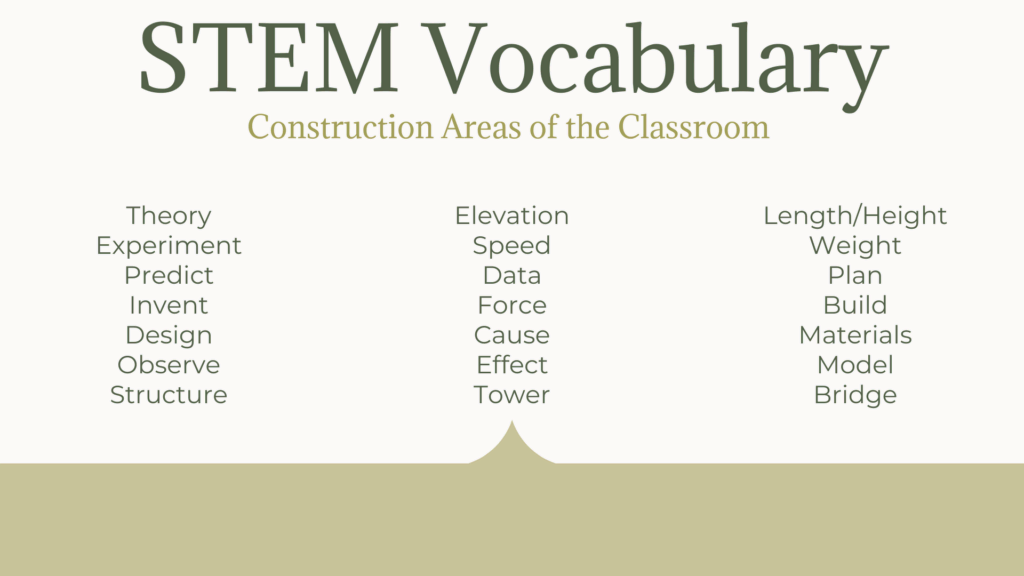
In the above example, if we look at STEM vocabulary for building/construction areas, we can use all of the words listed, and we’ve brought in all of the different areas of science, technology, engineering, and math.
Super easy!
So, nurture the researcher within yourself and children, ask questions of your little researchers, and encourage more exploration.
This will help you easily find lots of opportunities to identify STEM in your classroom and bring it to your play-based teaching practice.
References
Bartolini, Vicki Carper (2021). Creating a Reggio-Inspired STEM Environment for Young Children. Redleaf Press.
Charlesworth, Rosalind (2016). Math and Science for Young Children. Cengage Learning.
Hamlin, Maria; Wisneski, Debora B. (2012). Supporting the Scientific Thinking and Inquiry of Toddlers and Preschoolers through Play. Young Children, v67 n3 p82-88 May 2012. National Association for the Education of Young Children.
MacDonald, Amy; Rafferty, John (2015). Investigating Mathematics, Science and Technology in Early Childhood. Oxford University Press.
